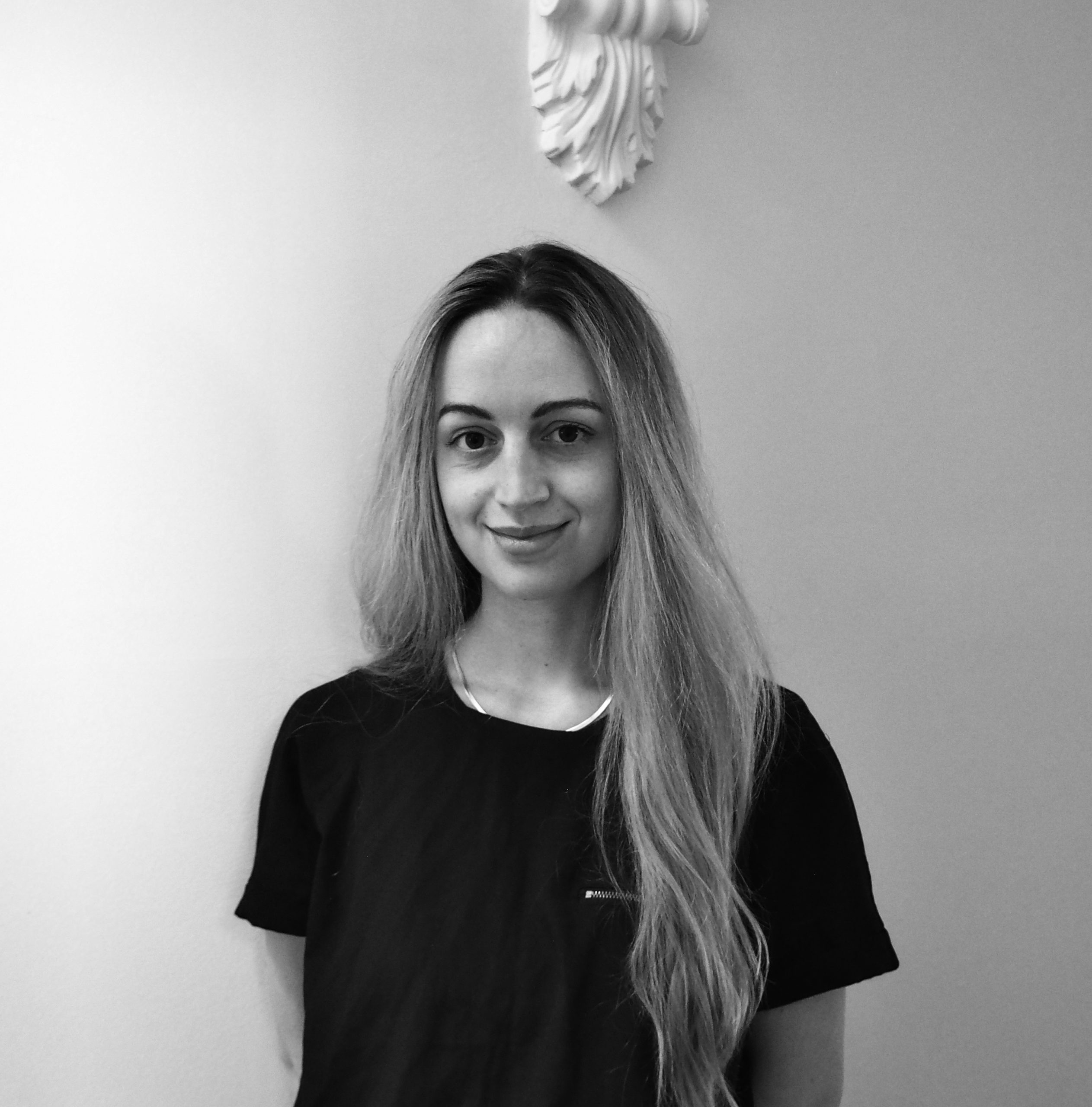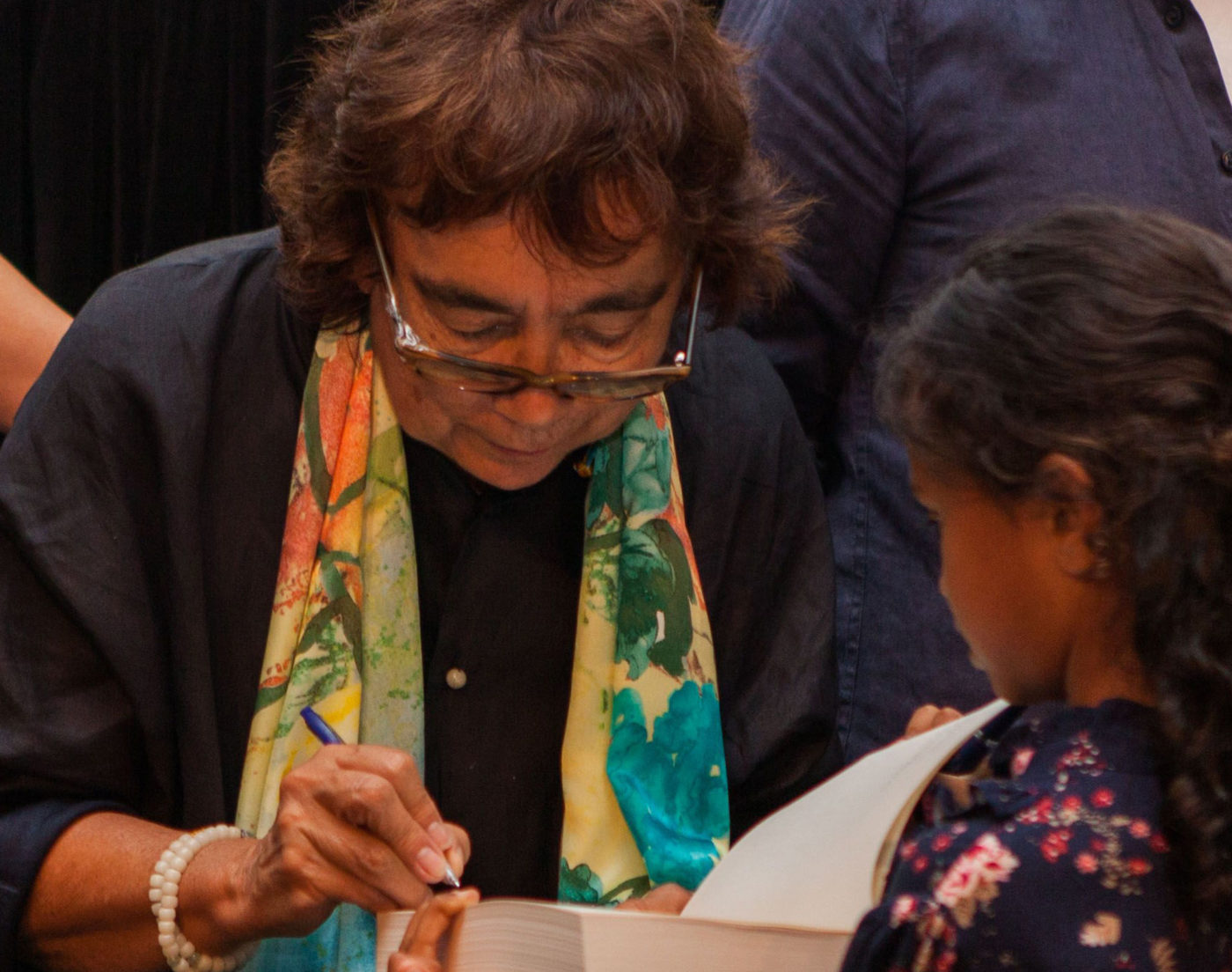The Stella Interview: Katherine Brabon
Next in our 2024 Stella Prize Interview series, we chat with Katherine Brabon. Her third novel, Body Friend, has been shortlisted for the 2024 Stella Prize.

Body Friend reads almost as a memoir or an interior of the mind. How did you go about making Body Friend fiction?
I really like that phrase – “an interior of the mind.” Jon Fosse notes how “experiences are transformed through the writing” and this is how I think of it too. Something is created by story and for me, even more so by fiction. And Ocean Vuong has said, of his novel that’s often read as a memoir, “I wanted to start with truth and end with art.” The novel is seeded in what we might call “factual truth” – and it is a deep and rich seed – but for the work to succeed on the level of the mind – as in, actually giving the reader an experience to go through, it needed that transformative element offered by writing, that goes beyond actual experience to reach what might be another level of experience. It needed unreal things to both make it interesting for me to explore and somehow get beyond language. I’ve always been interested in ideas around the unsayable or inexpressible, and how language can be a bridge leading almost beyond itself. I think the experience of pain dwells in that space.
Can you tell us a bit more about the short story “The Pool” published in the The Oxonian Review and its connection with Body Friend?
The short story “The Pool” was the first instance of the kind of writing I mention above (writing that begins with something from life and then transforms it). In that story, a woman with an unnamed chronic illness travels from Poland to Berlin with her partner, where they stay for some months. Even that very basic premise was a departure from reality, but I had in mind a trip I’d made with my partner the year before, and in which we travelled the opposite direction, from Berlin across the border to his family in Poland. It sounds so simplistic to say it now, but that instant, that moment of departing from experience, thrilled me as a writer. I then wrote the story very quickly – I remember writing most of it in the City Library in Flinders Lane. Not a lot happens in the story, but essentially it is about the narrator’s daily and more existential struggles living with an illness as a young woman. As with Body Friend, the narrator of this story shares some similar experiences, thoughts, challenges as I have, but she is a character. It was definitely the starting point for Body Friend.
Frida Kahlo is famous, among many other things, for confronting trauma through her art. Frida is one of the characters in Body Friend. Can you tell us about your relationship with the work of Kahlo?
A few years ago, I wrote a poem – which surprised me, as I didn’t consider myself a poet. It was called Self-Portrait as Frida Kahlo and published in Island. While there is no direct link between the Frida of Body Friend and Frida Kahlo, I think the artist’s work said something important to me about representation. The way Frida Kahlo created herself so many times in her work: she painted herself while in terrible pain, lying in bed with a mirror above her. I can’t speak for her motivations, but to me there is maybe a desperation to see herself, and perhaps to document what she is going through. In the poem I wrote, there is a narrator and there is her double, just as in Body Friend there is the narrator and her potential (multiple) selves. These characters fragment rather than unify identity; this feels true to the experience of illness in the body. One day, I hope to visit Frida’s home in Coyoacán, Mexico, and see the bed where she painted herself, over and over.
The other character in the book is Sylvia. You’ve mentioned before that it is representative of Sylvia Plath. Why Sylvia Plath and what’s your relationship with her work?
As with the character of Frida, the links between Sylvia Plath and Body Friend’s Sylvia are indirect and associative. In the book, Sylvia has a deep interiority about her, and sometimes may seem as though she embodies the parts of the narrator she struggles to confront and articulate. Sylvia, the character, felt almost poetic to write. The Plath poem that I was fortunate to get permission to quote from, called In Plaster, is about a woman lying in a bed, in plaster, and the woman’s relationship with the plaster cast, which starts to take on an identity of its own. I loved the doubling in this poem, the grappling with identity, and most of all the tension, love and hate emanating from the woman to the plaster, the plaster to the woman. All of this had resonance for me in relation to having a chronic illness, and writing about it.
“Chronic pain and illness in young people challenges many narratives we’ve become accustomed to – it goes against linearity, challenges the wellness sphere, highlights gender and racial prejudice in the medical world. Yet for all these reasons we need to read more and varied experiences of chronic illness in young people”
Chronic pain in young people is rarely talked about in fiction. Why do you think this is the case and what do you hope Body Friend will achieve in terms of representation and narratives of young bodies experiencing chronic pain?
I think there must be many reasons: keeping in mind all the problematic romanticising of pain and art, for those with lived – and living, ongoing – experience, chronic pain can be incompatible with creating. This is not always the case, but it must be for some young people. I did write my first novel during some years of acute pain, yet pain was the last thing I wanted to write about – so this avoidance must be another reason.
Chronic pain and illness in young people challenges many narratives we’ve become accustomed to – it goes against linearity, challenges the wellness sphere, highlights gender and racial prejudice in the medical world. Yet for all these reasons we need to read more and varied experiences of chronic illness in young people; Body Friend is just one such experience, but if it encourages more writing and more discussion then that is a good thing.
Virginia Woolf wrote “a woman must have money and a room of her own if she is to write fiction”. What are the two things you cannot write fiction without?
Woolf’s two essentials still hold true – although money is so tightly bound with the other essential of time. All the grant and residency applications we spend so many hours on are really asking for some time away from our paid jobs, to write. And sometimes, rather than a room of my own, I need the company of strangers! I love public libraries and will happily write at a shared desk there, or in a cafe with some noise and life around me. Sometimes a productive thirty minutes on my commute to work, typing into a Google doc on my phone, is more valuable than a restless day alone at the desk.
Explore the latest from Stella
Interview: Jaclyn Crupi – 2026 Stella Prize Judge An interview with editor, author and bookseller Jaclyn Crupi. What role do you believe …
This month Stella celebrates The Museum of Modern Love, the winner of the 2017 Stella Prize. Tell us about your relationship with …
Interview: Sophie Gee – 2026 Stella Prize Chair of Judges An interview with academic, author and podcast host, Sophie Gee. What role …

Help change the story
As a not-for-profit organisation with ambitious goals, Stella relies on the generous support of donors to help fund our work.
Every donation is important to us and allows Stella to continue its role as the leading voice for gender equality and cultural change in Australian literature.
Stella is a not-for-profit organisation with DGR status. All donations of $2 or more are tax-deductible.
SUBSCRIBE
Join our mailing list to stay up-to-date on Stella news, events and opportunities.
Stella is grateful to the ongoing generosity of our supporters:



